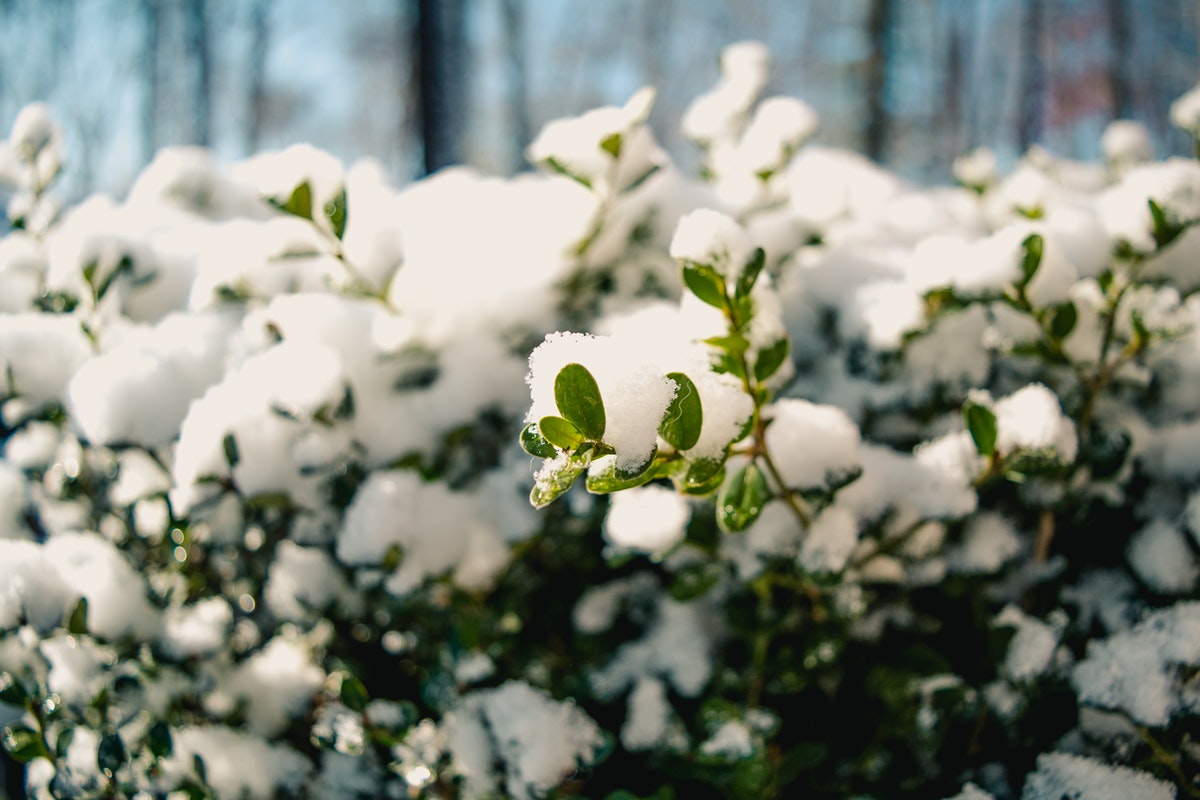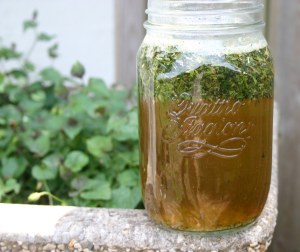One of the most common winter gardening questions that people ask is whether significant temperature changes may hurt or kill decorative plants.
In most cases, the answer is no. Plants have the genetic ability to detect and adapt to changes in the environment. While warm winter temperatures promote development and blooming, chilly temperatures limit growth and hasten to blossom.
Plants are especially sensitive in the spring; when there are prolonged periods of warm temperatures and then out of the blue, there are nights with low temperatures well below freezing. According to the Property Buying Company a well groomed garden is a highly sought after feature.
Tips For Protecting Flowering Plants In Winter
While most plants can withstand harsh winter freezes, flowers on winter-flowering plants such as plum, camellias, cherry trees, and azaleas are not so lucky.
An extreme freeze can destroy swollen buds that are about to blossom. The damage may go undetected until the flowers open, at which point the damage will manifest as brown patches on the petals. In some instances, the entire bud may freeze and fall off the plant. Flowers that have fully opened will either transform into a sickly brown or drop to the ground.
Cover plants with buds or open blooms using an old sheet or a commercially supplied frost cover to prevent being disappointed by unattractive blossoms or losing them entirely.
Pro tip: Avoid using plastic since it can rapidly generate an oven effect when exposed to sunlight.
You may even fool Mother Nature by clipping the buds ahead of the freeze and taking them indoors to let them bloom. There is no need to put a protective covering if a freeze is anticipated before buds have formed.
Here is a list of dos and don’ts to make sure your plants withstand severe freezes so you can enjoy the blossoms of the many lovely winter-flowering plants according to invasive plant experts at Environet.
Winter Garden Dos
- Don’t stop planting – provided the ground is soft for digging.
- Mulch is your friend. It will aid in maintaining steady root temperatures.
- Make use of compost. It enriches the soil with organic nutrients. Just make sure not to add more than three inches thick.
- Don’t forget to water your plants. Watering ahead of a forecasted freeze helps plants, particularly annuals and potted plants, to survive a harsh freeze. Proactive hydrating allows plants to absorb moisture before the ground freezes, preventing water from reaching the root zone. Remember to water above-ground shoots and the roots.
- Provide additional protection for potted plants. Cover them with frost cloth or other heat-retaining blankets, and place pots and other containers beneath the eaves or near the foundation of your house.
- Take houseplants indoors. To get rid of hitchhiking creatures, thoroughly water the plants with an insecticidal drench and spray all sides of the leaves with an insecticidal soap that is safe for people and pets. Place plants inside in areas where they will be exposed to indirect, strong sunlight for at least five hours every day. As most houseplants do not actively develop in the winter, make sure you position them away from heating vents and drafts and hydrate them sparingly.
Winter Garden Don’ts
- Fertilize. Winter is a time for garden plants to rest and go dormant. Forcing plants to initiate new growth before the earth warms in the spring not only disrupts their rejuvenation time, but freezing temperatures, ice storms, or even strong frosts may destroy sensitive new growth.
- Skip your normal watering cycle. A once-a-week thorough watering will suffice during dry months when the ground is not frozen or covered with snow. Sufficient watering is especially important for new plantings.
- Be concerned about bulb foliage. Daffodil leaves and other spring-flowering bulbs should be alright during temperature drops.





